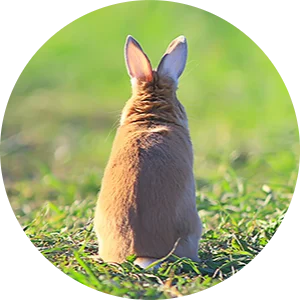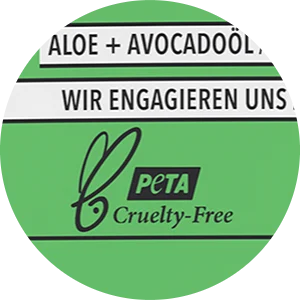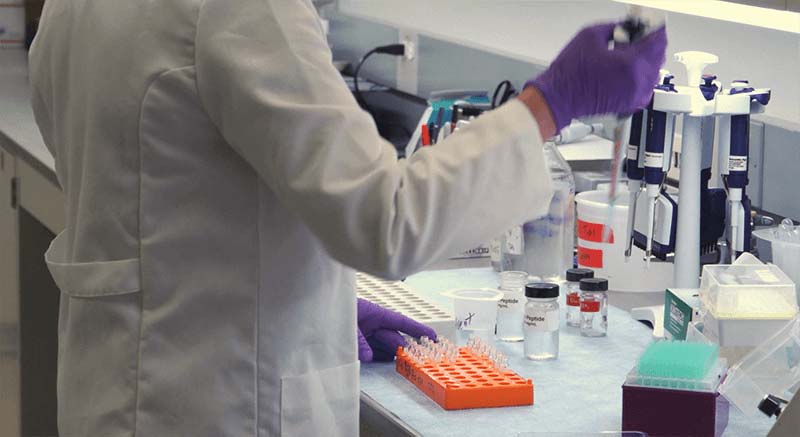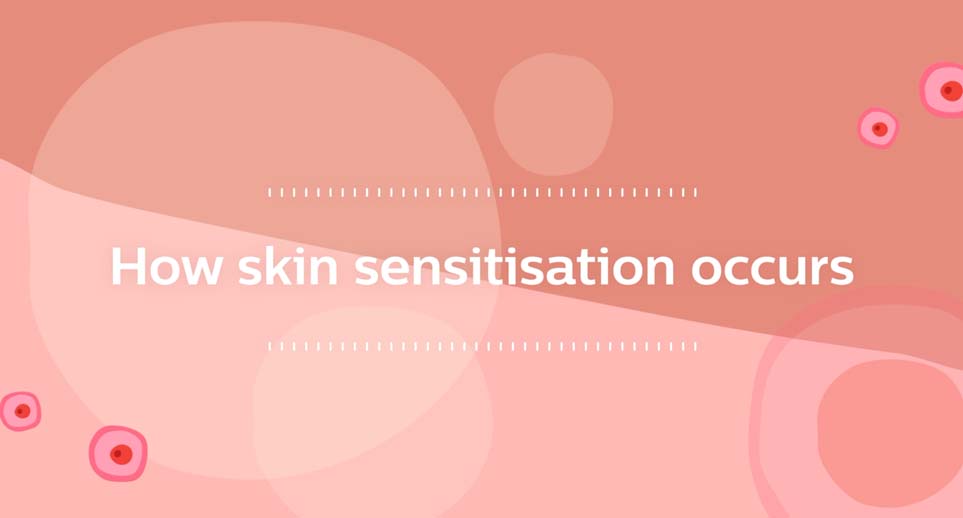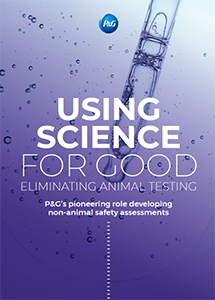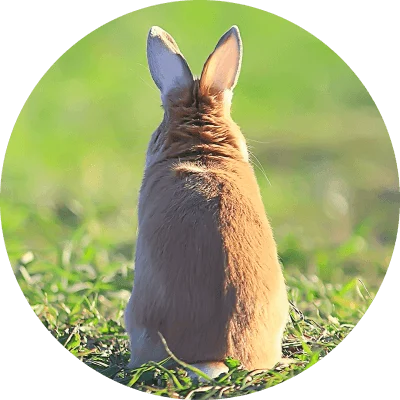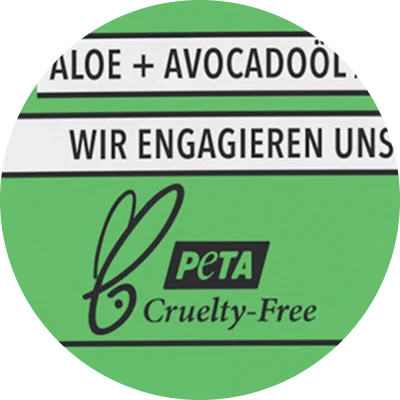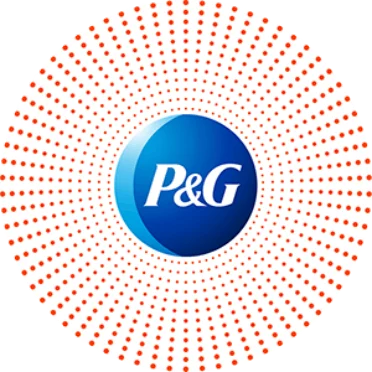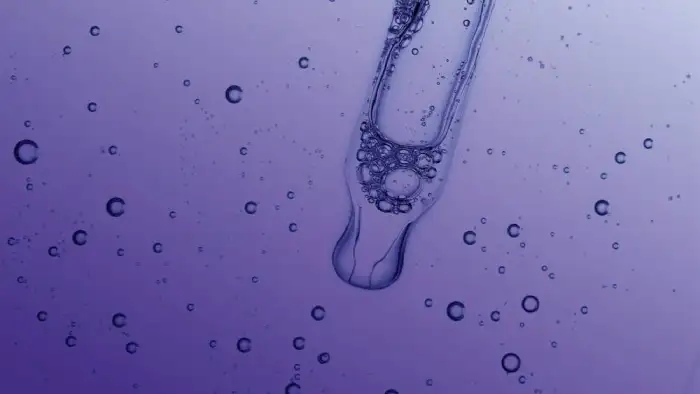
P&G Animal
Welfare Science.
At Procter & Gamble (P&G), the safety of the people who use our products has been central to our work over the past 180 years.
We are equally committed to animal welfare and animal-free testing, beginning our cruelty-free journey over 40 years ago as pioneers in developing New Approach Methodologies (NAM).
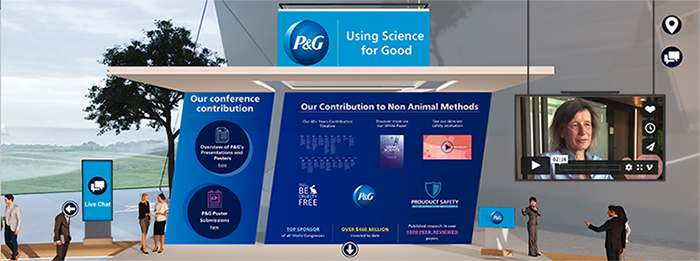
The P&G virtual booth at the World Congress on Alternatives and Animal Use in the Life Sciences (WC11) 2021
Our ultimate objective is to build capability in non-animal alternatives, worldwide. To share our message across the globe, we have published our research in over 1,000 peer-reviewed research papers in many scientific journals, and presented our work in innumerable international conferences. We continue to advocate strongly for the regulatory acceptance of non-animal methods to help make animal-testing obsolete.
Latest News on New Approach Methodologies (NAM)
- Assessing Safety Without Animal Testing: The Road Ahead, Oxford Academic
- P. Masscheleyn’s Op-Ed EPAA Annual Conference
- Adoption of Non-Animal Methods, P. Masscheleyn EPAA Annual Conference Presentation
- New Ideas for Non-animal Approaches to Predict Safety
- Use of Non-animal Predictive Safety Analysis
- P&G Develops First Approved Non-animal Alternative for Skin Allergy Testing
Specific P&G Contributions Toward Eliminating Animal Testing:
P&G scientists invented one of the first non-animal alternative methods for skin allergy testing, which was recently approved by key authorities. This method marks a milestone in eliminating the need for animal testing.
P&G’s Pioneering Role Developing Non-animal Safety Assessments
Another scientific area P&G experts are leading is Read-Across, a method to predict the safety profile of new-to-the-world ingredient innovations based on chemical and biological properties of known ingredients.
The following white paper PDF provides more details on how P&G is making this happen, including:
- P&G’s safety testing history
- Our skin sensitization testing advancements
- Assessments of our non-animal testing
- Development of new approaches
- Our read-across assessment steps
Pioneering the Elimination of Eye Testing
P&G helped pioneer eye testing without the use of animals by using cell culture tests and reconstructed human tissue. A cornerstone of our work in this area has been to lead key international programs and industry activities, all with the aim to optimize these non-animal tests, extend their application to all types of ingredients, and to secure regulatory acceptance. These efforts contribute to the greater good, enabling P&G and all of industry to develop cruelty-free, safe products.
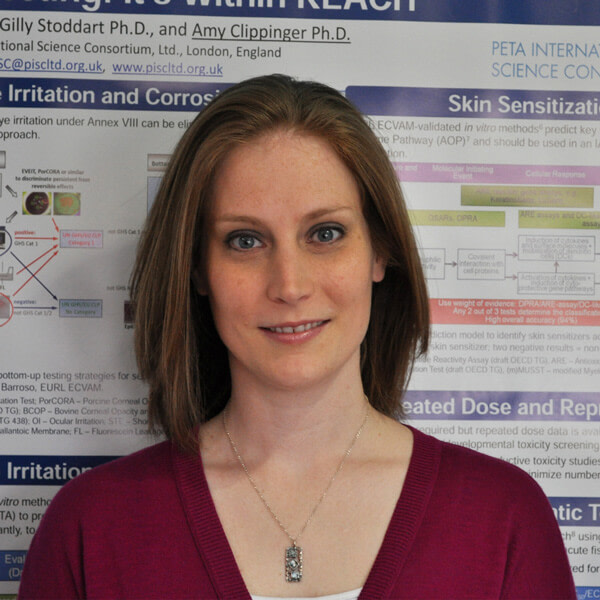
P&G was a key contributor to a project the PETA International Science Consortium is co-organizing to replace the use of rabbits in eye and skin irritation/corrosion testing of consumer products.
